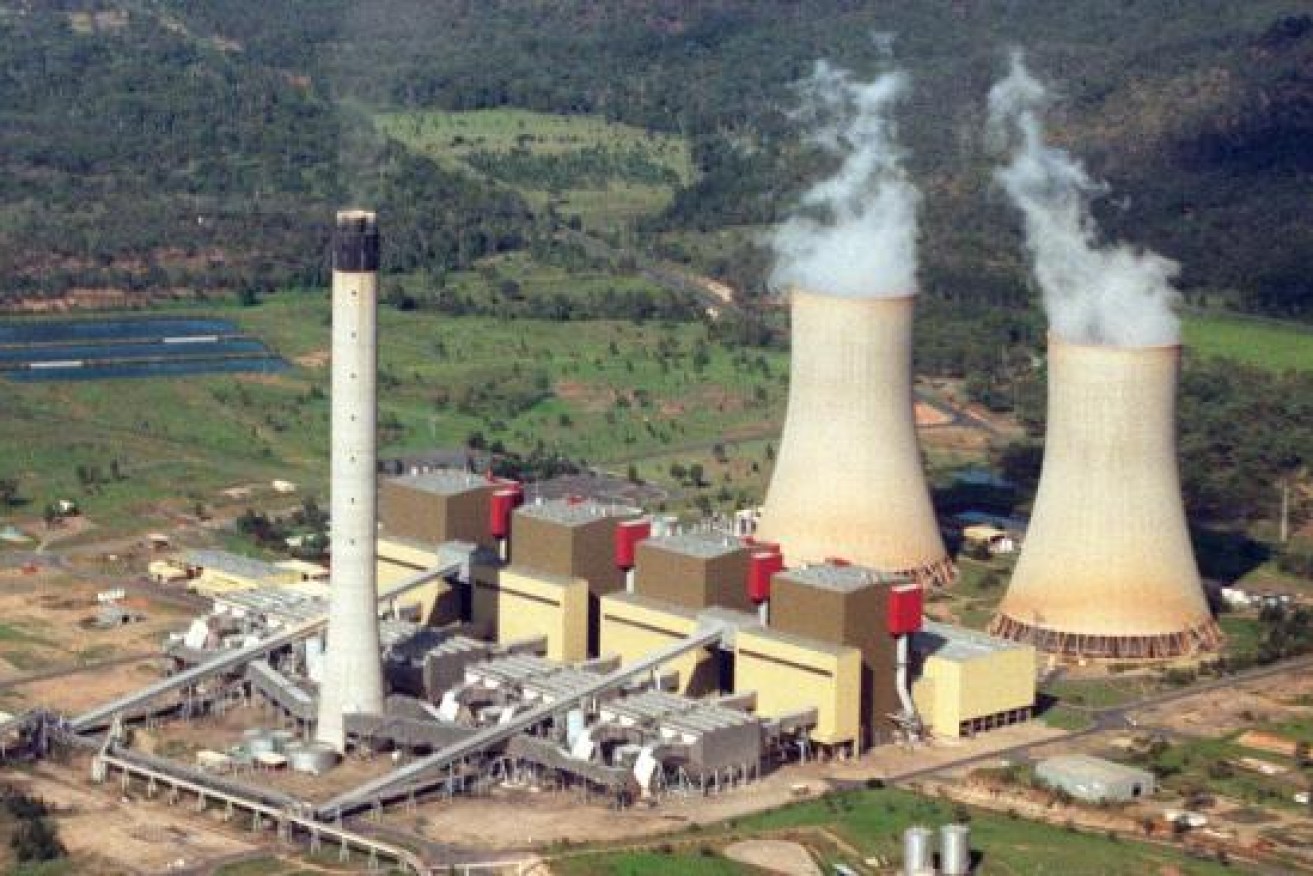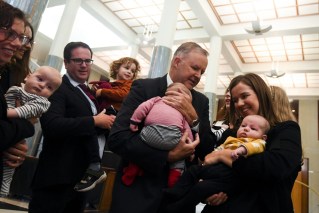Feds’ new energy plan could get Queensland out of a black hole, but at what cost?
A plan to undewrite coal-fired power stations could be a windfall for Queensland but do we really want to take the money? asks Robert MacDonald.


Queensland's Stanwell Corporation was profitable last year but for how much longer? (Photo: Stanwell Power)
The Federal Government’s latest energy security plans for Australia could deliver a multi-billion-dollar windfall for the Queensland Government.
Helping Treasurer Cameron Dick dig his way out of Queensland’s deepening budget deficit hole ($42.6 billion of net general government debt by 2024-5, up from less than $16 billion in 2020-21) probably isn’t high on Prime Minister Scott Morrison’s priority list.
But keeping the lights on is.
And according to the latest advice from the Government’s Energy Security Board, one way to do that is to pay the country’s coal-fired power stations for, well, just being there.
Queensland’s Stanwell and CS Energy currently make their money by selling their carbon-fuelled energy into the National Electricity Market.
The Security Board, in a proposal released last week, says customers should also be paying the power stations for their capacity to produce power when it’s needed – to be called on when the wind dies away, or the sun stops shining.
The Board’s experts say this underwriting of increasingly unprofitable coal-fired power stations is the only way to keep them running long enough to manage an orderly switch to a decarbonised energy future.
Otherwise, “the exit of plants becomes a chaotic process that presents periods of profound uncertainty in the market that undermine new investment in renewables and storage.”
This idea of paying the power stations for their capacity rather their actual output should be terrific news for Treasurer Dick.
Stanwell and CS Energy used to be cash cows for the Government, delivering hundreds of millions of dollar a year in dividends.
But the huge surge in competition from renewable energy has changed all that – and at a pace no one predicted.
As recently as last December, Dick was counting on Stanwell and CS Energy to deliver more than $900 million in the four years to 2024.
By the time the 2021-22 Budget was tabled in June, he had written down the expected returns to just $121 million.
But even if they’re not making money, the state has to keep the power stations running, for up to the next 20 years, on current planning – for a couple of reasons.
The first is the economic – and political – devastation it would cause in central Queensland.
Second, the coal-fired power stations simply can’t shut down until we complete the process of replacing their 24-hour-a-day power-delivery capabilities with batteries and other energy storage technologies.
That meant the Queensland Government was facing the prospect of having to spend untold millions of dollars subsiding its once hugely profitable but now more-or-less loss-making power stations for years to come.
But now comes the Energy Security Board’s proposal to underwrite Stanwell and CS Energy – surely the answer to Treasurer Dick’s problem?
Not quite. There’s a catch, a big catch – the cost.
The US-based Institute of Energy Economics and Financial Analysis claims underwriting of the power stations could cost between $2.9 billion to $6.9 billion each year, or about $183 to $430 extra for the average residential electricity bill.
That’s a challenging political sell at the best of times, particularly in the lead-up to the next state election, which is roughly when this new idea might begin, if and when it wins the support of the states.
And there’s another problem – lots of people, particularly those with a vested interest in renewable energy, think it’s a terrible idea to underwrite dying coal-fired power stations.
Among them is the Queensland Government’s own QIC, which is a member of the Powering Australian Renewables (PowAR), Australia’s largest clean energy development consortium, which includes AGL and the Future Fund.
PoWAR, and others, argue that propping up power stations is just delaying the inevitable and making it harder for private sector investors to make sensible investment decisions.
They also claim the transition away from carbon-fired energy as the main source of dispatchable power is already well underway and doesn’t need more public underwriting.
The Palaszczuk Government has made much of its green credentials over the past six years – despite owning some of Australia’s most CO2-intensive businesses.
It has a choice. It can support the Energy Security Board’s proposal, which will be formally considered by energy ministers next month and therby take some pressure off its budget.
But in doing so it runs the risk of being lumped in with the carbon-hugging troglodytes, more concerned with balancing the books than saving the planet.
Or it can turn down the offer of millions of dollars of support for its struggling power stations and dedicate its time to wondering where else to find the money to keep the state afloat, and the power flowing.












